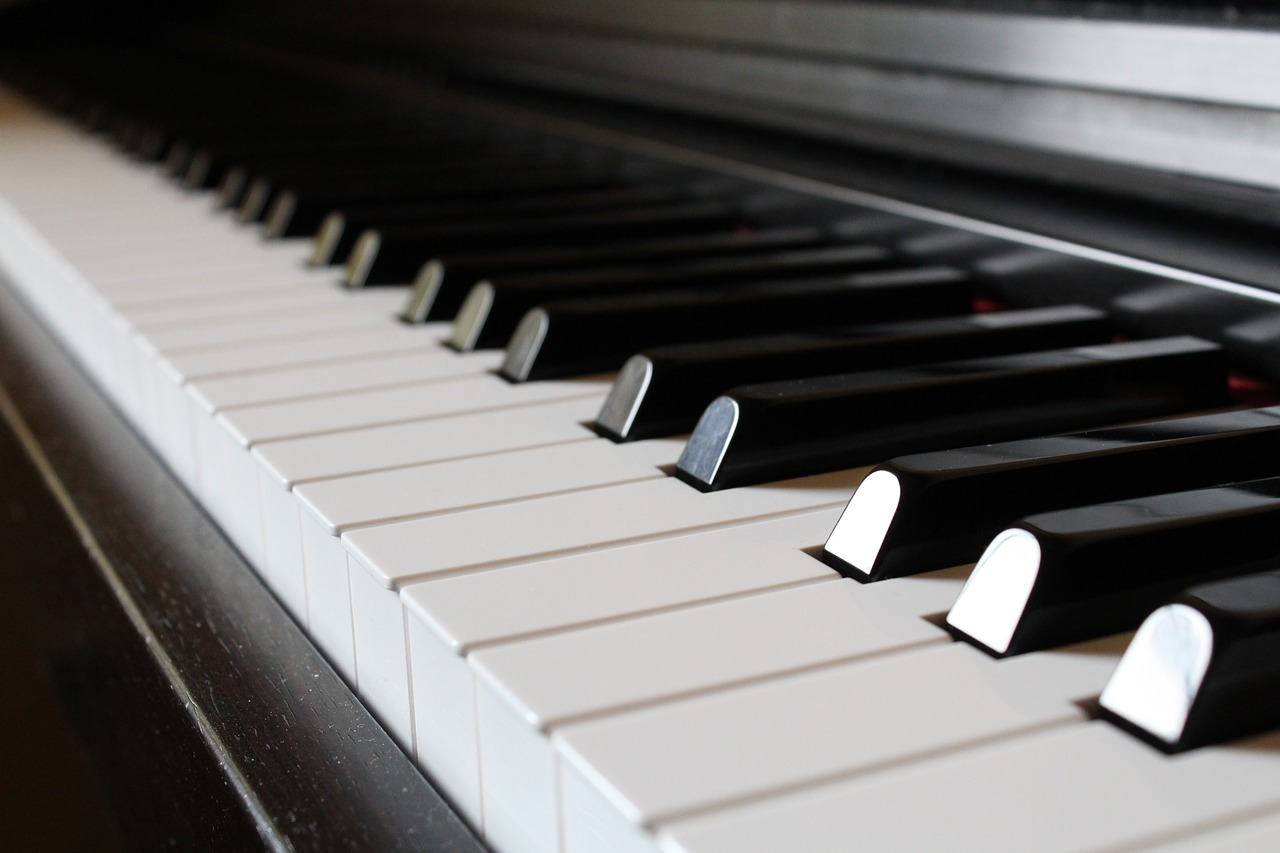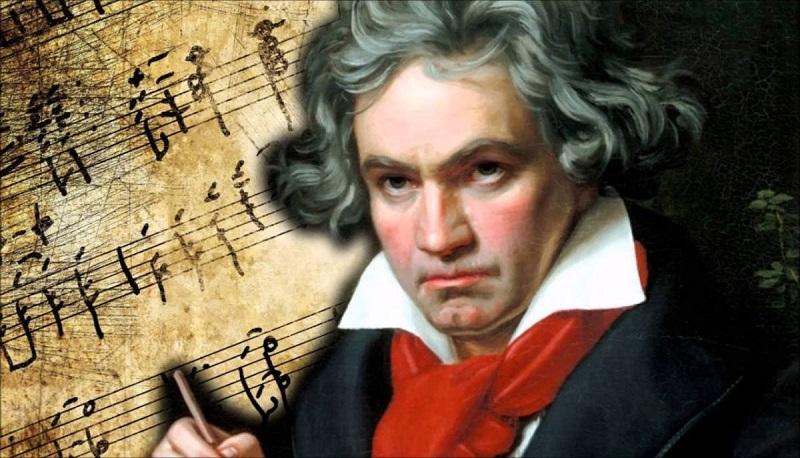Ludwig van Beethoven: A Life of Triumph, Tragedy, and Musical Genius
Ludwig van Beethoven, one of the most celebrated composers in Western music history, was born on December 17, 1770, in Bonn, Germany. His life was a tale of remarkable artistic achievement intertwined with profound personal struggles. This resume delves into the various stages of Beethoven's life, exploring his musical evolution, personal hardships, and enduring legacy.
It's on-sale the book "Mozart's Requiem: Unraveling the Mystery": https://amzn.to/4bJlGZx
Early Life and Family Background
Beethoven was born into a musical family. His grandfather, Ludwig van Beethoven, was a prominent musician in Bonn, serving as Kapellmeister at the court of the Elector of Cologne. His father, Johann van Beethoven, was a tenor singer and a violinist, who hoped to mold Ludwig into a prodigious musical talent akin to Wolfgang Amadeus Mozart. Johann's ambitions led to a rigorous and often harsh training regimen for young Beethoven.
Despite the strict and sometimes abusive nature of his father's tutelage, Beethoven's musical talents became evident early on. He gave his first public performance as a pianist at the age of seven, though his father claimed he was six to draw parallels to Mozart's early start.
Education and Early Career
In 1787, Beethoven traveled to Vienna, the music capital of Europe, in hopes of studying with Mozart. However, this initial visit was cut short by the death of his mother. Returning to Bonn, Beethoven took on the role of head of the household, supporting his younger brothers as a court musician.
In 1792, Beethoven moved permanently to Vienna, this time to study with Joseph Haydn. Although their relationship was not without its tensions, Haydn's influence on Beethoven was significant. During this period, Beethoven also studied with other prominent musicians, including Johann Albrechtsberger and Antonio Salieri.
Rise to Prominence
Beethoven's early years in Vienna were marked by a rapid rise to fame. He quickly established himself as a virtuoso pianist known for his passionate and improvisational style. His compositions from this period, such as the "Pathétique" Sonata and the First and Second Symphonies, displayed a boldness and originality that set him apart from his contemporaries.
Beethoven's reputation as a composer grew alongside his performance career. His works were innovative, pushing the boundaries of classical forms and paving the way for the Romantic era. However, it was his ability to convey deep emotion and personal experience through music that truly resonated with audiences.
The Onset of Deafness
One of the most tragic aspects of Beethoven's life was his gradual loss of hearing, which began in his late twenties. By 1802, his condition had worsened significantly, leading him to write the famous "Heiligenstadt Testament." This letter, addressed to his brothers, revealed the depth of his despair and contemplated suicide. However, it also expressed his resolve to continue composing despite his affliction.
Beethoven's deafness isolated him from society and made performing increasingly difficult. Nevertheless, he continued to compose prolifically, producing some of his most significant works during this period. His resolve and determination to overcome his disability became a defining aspect of his character and legacy.
The Heroic Period
The period from 1803 to 1812, often referred to as Beethoven's "Heroic Period," saw the creation of many of his most famous and enduring works. This phase was marked by a sense of struggle and triumph, reflecting Beethoven's own battles with his hearing loss and personal turmoil.
Key compositions from this period include:
Symphony No. 3 in E-flat major (Eroica): Originally dedicated to Napoleon Bonaparte, Beethoven later removed the dedication upon hearing of Napoleon's self-declaration as emperor. The Eroica Symphony is known for its unprecedented length and complexity, breaking new ground in symphonic form.
Symphony No. 5 in C minor: Perhaps Beethoven's most iconic work, the Fifth Symphony is instantly recognizable by its four-note opening motif. The symphony is celebrated for its dramatic intensity and structural innovation.
Piano Concerto No. 5 in E-flat major (Emperor): This concerto is notable for its grandeur and virtuosic demands on the soloist. It reflects Beethoven's enduring spirit and his ability to innovate within established forms.
Violin Concerto in D major: A masterpiece of the violin repertoire, this concerto is admired for its lyrical beauty and technical challenges.
Opera "Fidelio": Beethoven's only opera, "Fidelio," is a tale of heroism and justice. Despite its initial lack of success, it has since become a staple of the operatic canon.
Personal Life and Relationships
Beethoven's personal life was marked by loneliness and unfulfilled romantic aspirations. He never married, though he had several significant relationships and infatuations. His letters reveal deep feelings for women such as Giulietta Guicciardi, Therese Malfatti, and Antonie Brentano, the latter of whom is often speculated to be the "Immortal Beloved" addressed in an unsent letter found after his death.
Beethoven's relationships with his family were also strained. He had a complicated and often contentious relationship with his brothers, particularly his younger brother Karl. After Karl's death, Beethoven became embroiled in a protracted and bitter legal battle for the custody of his nephew, also named Karl. This period was fraught with emotional turmoil and further isolated Beethoven from society.
Late Period and Final Years
The final phase of Beethoven's career, often referred to as his "Late Period," began around 1815 and continued until his death in 1827. This period is characterized by works of profound depth and complexity, reflecting his philosophical introspection and personal struggles.
Key compositions from this period include:
Symphony No. 9 in D minor (Choral): Beethoven's Ninth Symphony is renowned for its choral finale, setting Friedrich Schiller's "Ode to Joy" to music. This work symbolizes universal brotherhood and has become an anthem for human rights and freedom.
Late String Quartets: The late quartets, including Op. 127, 130, 131, 132, and 135, are considered some of the most innovative and challenging works in the chamber music repertoire. They are characterized by their emotional depth, structural experimentation, and technical demands.
Missa Solemnis: A monumental mass setting, the Missa Solemnis is one of Beethoven's most ambitious and spiritually profound works.
Beethoven's health continued to decline in his later years, and he became increasingly reclusive. Despite his physical and emotional hardships, his creativity and innovation remained undiminished. He continued to push the boundaries of musical expression, creating works that would influence generations of composers.
Beethoven died on March 26, 1827, in Vienna. His funeral procession was attended by an estimated 20,000 people, a testament to his impact and the esteem in which he was held. Among the mourners were many of Vienna's leading musicians and composers, including Franz Schubert, who himself would die the following year.
Legacy and Influence
Ludwig van Beethoven's legacy is immense and enduring. His music transcended the Classical era and laid the groundwork for the Romantic movement. His innovations in form, harmony, and emotional expression expanded the possibilities of music and inspired countless composers, including Brahms, Wagner, Mahler, and many others.
Beethoven's life story, marked by triumph over adversity, resonates as a powerful narrative of human resilience and artistic genius. His ability to create profound and transcendent music despite his personal struggles and physical limitations continues to inspire and move people around the world.
Beethoven's works are performed regularly in concert halls and opera houses globally, and his influence extends beyond classical music into popular culture. The "Ode to Joy" from his Ninth Symphony has been adopted as the anthem of the European Union, and his music is frequently used in films, television, and other media to evoke a wide range of emotions.
In conclusion, Ludwig van Beethoven's life and music represent the pinnacle of artistic achievement. His journey from a young prodigy in Bonn to a towering figure in Vienna's musical landscape is a testament to his unparalleled talent, determination, and creative vision. Beethoven's enduring legacy as a composer and cultural icon ensures that his music will continue to inspire and resonate with audiences for generations to come.




.jpg)





